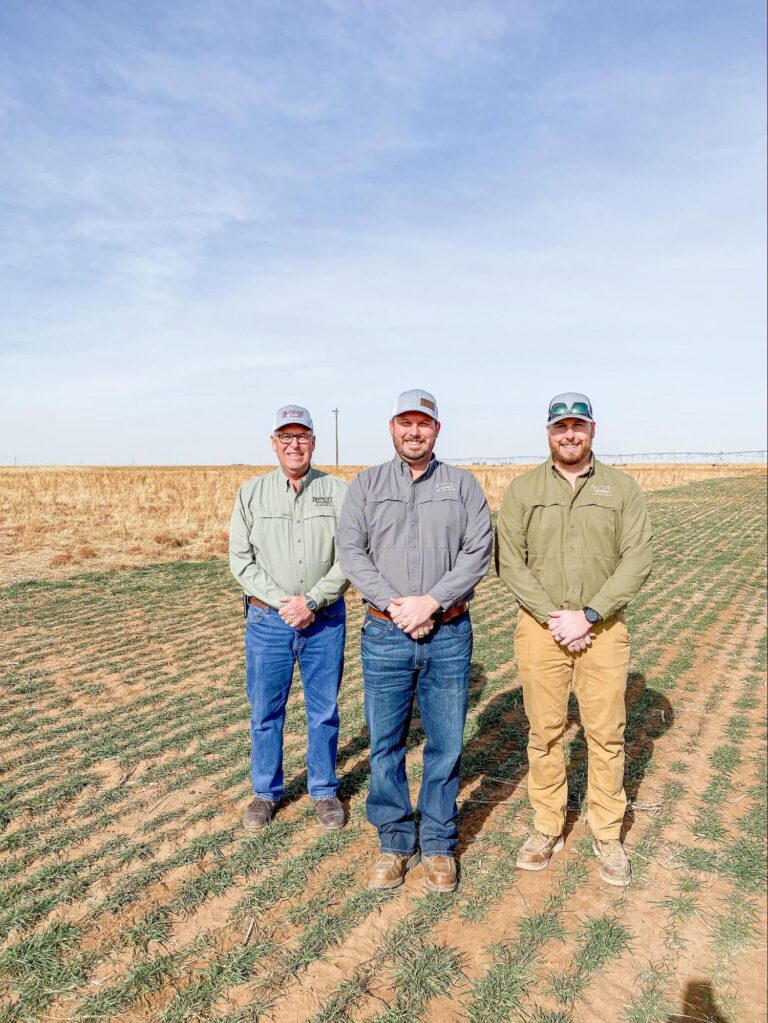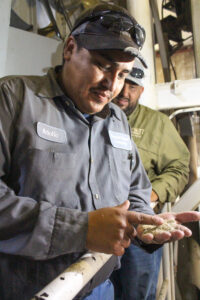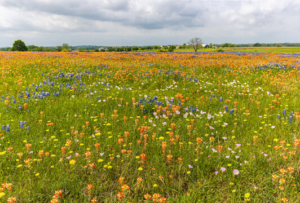Why Native Seed Mixes Are Key for Low-Impact Solar Farms
Optimizing Low-Impact Solar Farms with Native Seed Mixes
As the demand for renewable energy continues to rise, solar farms are becoming a bigger part of our shift toward a greener future. But what separates low-impact solar from… just solar?
One works with the local environment. The other doesn’t.
Native seed mixes are one of the most effective ways to minimize the impact of going solar. This one simple, often overlooked step promotes biodiversity, soil health, and aesthetic appeal while maintaining a low environmental footprint.
Let’s explore how the ancient art of planting meets the high-tech world of solar energy, why that matters for your project, and two region-specific examples.
Why Low-Impact Solar Farming Matters
Solar farms, while beneficial in reducing carbon emissions, can disrupt local ecosystems if not properly managed.
For instance, using traditional ground covers like turf grass or non-native plants can lead to soil erosion, the loss of native habitats, higher water usage, and increased maintenance costs.

Additionally, these practices can disrupt local pollinator populations and even contribute to invasive species spreading.
This is where low-impact solar farming comes in. It aims to reduce environmental disruption, protect native species, and improve the landscape around the solar panels.
By using native seed mixes, solar farm developers can create a more sustainable environment that supports local wildlife, improves soil health, conserves water, and lowers long-term maintenance needs.
Why Choose Native Seed Mixes?
Native seed mixes are specifically tailored to the local climate, soil, and wildlife, making them the ideal choice for low-impact solar projects. Here’s why:
- Biodiversity: Native plants attract local pollinators, birds, and other wildlife, fostering a balanced ecosystem around the solar farm.
- Soil Health: Deep-rooted native plants improve soil structure and fertility, reducing the need for fertilizers and pesticides.
- Erosion Control: Native plants are naturally adapted to local conditions, providing effective ground cover that prevents soil erosion.
- Low Maintenance: Once established, native plants require minimal watering and care, cutting down on long-term maintenance costs.
Selecting the Right Native Seed Mix for Your Solar Farm

When selecting a native seed mix for a low-impact solar project, it’s crucial to consider the specific needs of your site. Factors like soil type, climate, and the existing plant community all play a role in determining the best seed mix.
For example, a solar farm in the arid regions of Texas might benefit from a mix that includes species such as Buffalograss and Sideoats Grama, which are drought-tolerant and thrive in sandy soils. In contrast, a solar farm in a more temperate region might require a mix with species like Little Bluestem that are better suited to moist, well-drained soils.
How to Choose a Low-Impact Solar Native Seed Mix
There are hundreds of environmental factors and thousands of native seeds to choose from. You’ll likely need a professional to verify your mix, but you can start with Seed-Spec.

Partnering with Experts for a Successful Project
As with all project management, it’s crucial to engage the right specialists while also ensuring they know their stuff.
The 3 must-haves for any native seed mix project:
Fully Assess Your Site
You should receive a full evaluation of the unique conditions of your site. Look for soil type, climate, elevation, drainage, and existing vegetation. These are all major factors to consider when recommending the best native seed mix.
Create a Custom Blend
It is very rare for a complex project like low-impact solar to rely on an off-the-shelf seed mix. Likely, you’ll need a custom seed blend that meets your specific project goals, whether it’s maximizing pollinator habitat, controlling erosion, or reducing maintenance costs.
An exception could be blends created specifically for solar in your local area like Solar Grass Blend or Solar Wildflower Blend for the Southern Great Plains.
Ongoing Support and Guidance
From seeding to establishment, you need expert guidance to ensure the success of your native plantings. For example, monitoring soil moisture levels and providing timely advice on weed management can make a significant difference in achieving optimal growth.

At Bamert Seed Company, we specialize in creating custom native seed mixes tailored to your specific project needs. With decades of experience in native plant restoration, we can help you select the right species for your site, ensuring a successful and sustainable low-impact solar farm.
Case Studies: Successful Low-Impact Solar Projects with Native Seed Mixes
Example 1: Solar Farm in West Texas
A large solar farm in West Texas partnered with Bamert Seed Company to develop a custom native seed mix tailored to the region’s dry, sandy soils.
The mix included drought-tolerant species like Blue Grama, Buffalograss, and Texas Bluebonnet, which not only reduced soil erosion but also provided habitat for local pollinators.
Example 2: Solar Farm in Central Oklahoma
In Central Oklahoma, a solar farm aimed to enhance its low-impact solar strategy by using a native seed mix that promoted biodiversity.
The mix, which included Little Bluestem, Sideoats Grama, Buffalograss, Blue Grama, and Black-Eyed Susan, supported local wildlife and reduced the need for chemical inputs, creating a thriving, sustainable environment around the solar panels.
The Future of Low-Impact Solar Farming
As the solar industry continues to grow, the adoption of native seed mixes in low-impact solar farming will play a crucial role in reducing the environmental impact of these installations.
By working with experts like Bamert Seed Company, solar developers can ensure that their projects are not only energy-efficient but also environmentally responsible.
Ready to Explore the Right Native Seed Mix for Your Project?
For more guidance on selecting the right native grasses or to discuss your specific project needs, reach out to us at Bamert Seed Company. Let us take the guesswork out of native seed mixes for your low-impact solar project.



